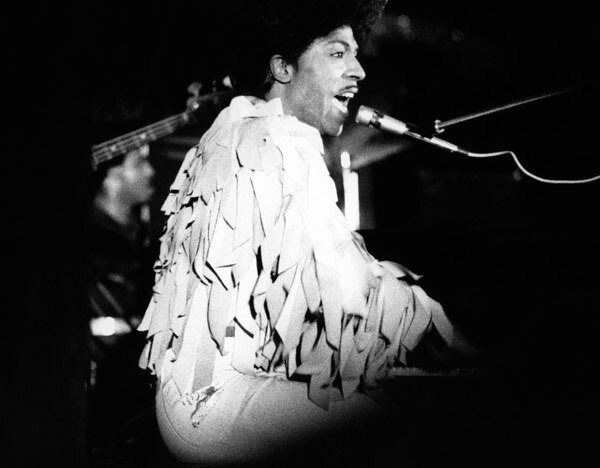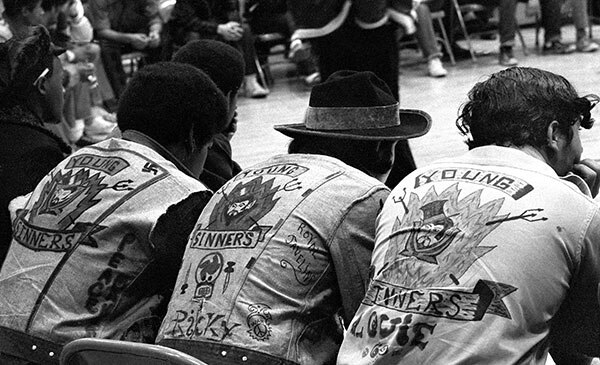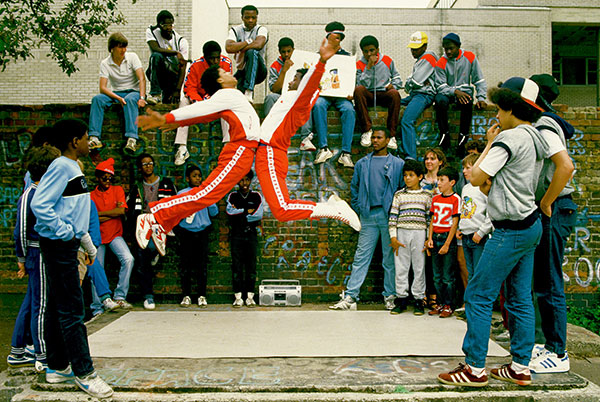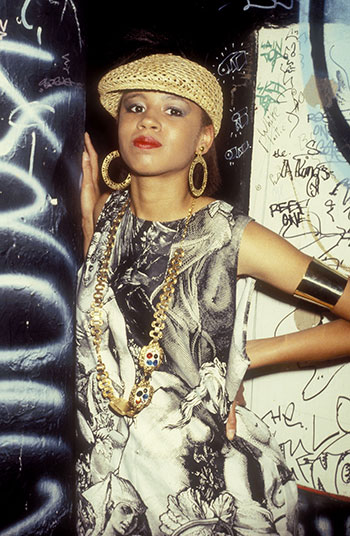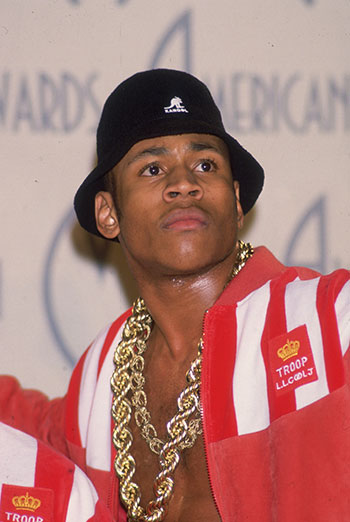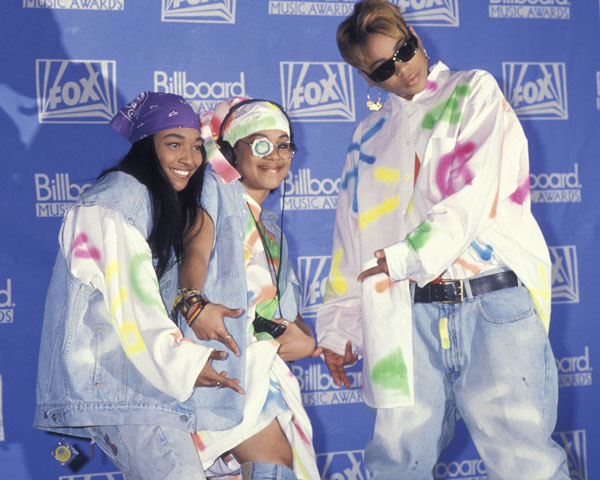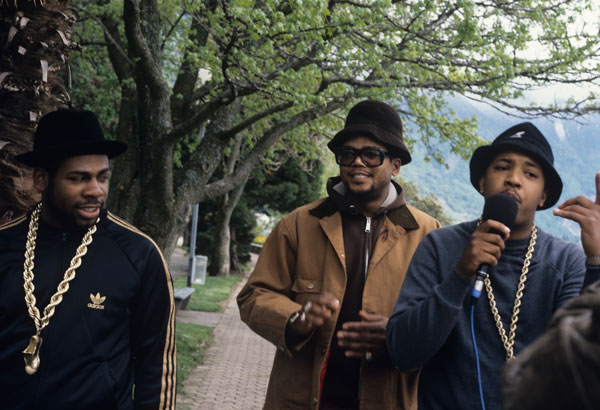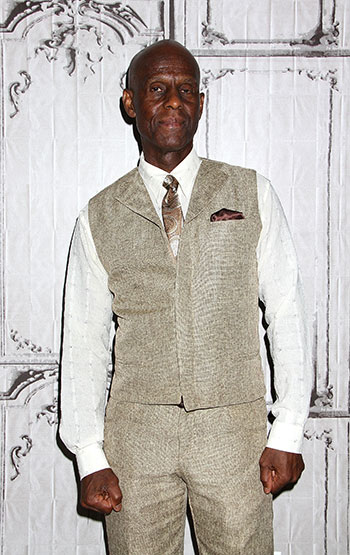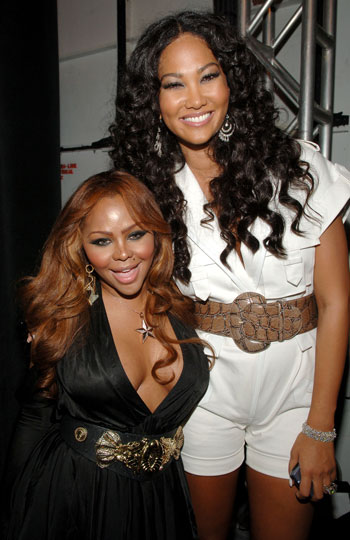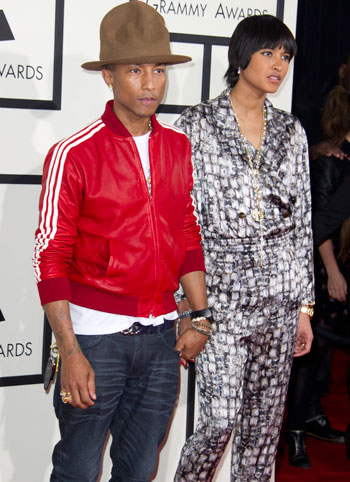Create a free profile to get unlimited access to exclusive videos, breaking news, sweepstakes, and more!
9 Things You Didn’t Know About Hip Hop Fashion
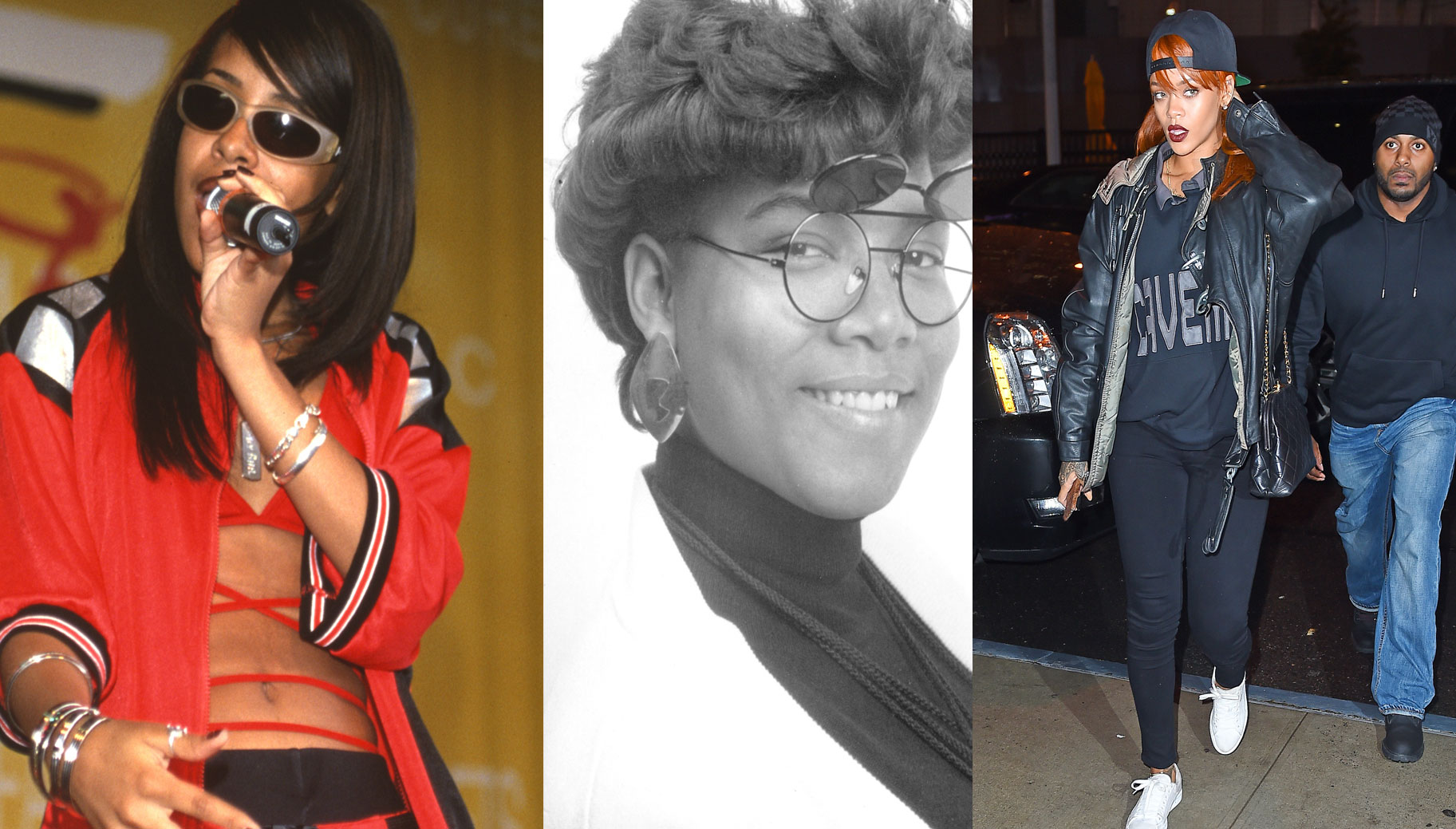
Stay fresh, dope and on fleek. Looking good has always been an important part of hip-hop. TLC had us rocking baggy pants and Cross Colour overalls while LL Cool J made FUBU cool. Jay Z and The Notorious B.I.G. had us dripping in Versace and Coogi until Diddy’s Sean John dared everyone to get tailored. Nowadays, the old rules are so out. Fashion killas like A$AP Rocky and Rihanna are making everyone up their style fashion game with designers—Raf Simons to Ann Demeulemeester—that many of us can’t even pronounce. Fresh Dressed (June 26 release) chronicles the history of hip hop fashion from its origins through today. The film is chock full of interesting historical tidbits along with interviews from style icons like Pharrell Williams and Kanye West. Here are 10 things from the film that you probably didn’t know about hip hop fashion.
1. It started with African royalty, church clothes, and Little Richard.
Hip hop fashion draws its beginnings from way back, well before saggy jeans. Fresh Dressed cites rich black history--outfits worn by African kings and queens to African Americans in this country---as very influential. Church fashion (especially the idea of wearing your “Sunday best”) deeply affected hip hop style as did groundbreaking entertainers like the ostentatious Little Richard. “Extravagant and outlandish…He’s an iconic symbol of freedom,” says former Vogue Editor-at-Large Andre Leon Talley in the film.
2. ...and it all started with gangs in The Bronx.
Hip hop started in The Bronx and many trends can be traced to New York City’s gritty streets in the 70s and 80s. Street gangs like the Ghetto Brothers made biker chic (or “outlaw style”) the "in" thing, with tattered denim jackets and patchwork straight out of Easy Rider.
3. Breakdancing and B-boy/B-girl culture replaced gang infighting.
The street gangs of New York were often at war and following the murder of member “Black Benjie,” the gangs called a city-wide truce. The peace meeting included the Ghetto Brothers, Royal Javelins and Young Sinners. Afterwards, young people took to rapping, graffiti and breakdancing as ways to counter each other, which led to fashion turning to B-boy and B-girl style and more refined looks.
Breakdancing was an integral part of early hip-hop culture and what these B-boy and B-girls wore affected style. From BVD tank tops and Puma sneakers to sweatsuits, hip-hop fashion began to emerge as what we know of it today.
4. Your outfit said everything about your borough.
“Being in New York is like a runway,” remembers Nas in Fresh Dressed. In the 70s and 80s, what you rocked represented exactly what borough you were from. For instance, Brooklyn cats wore Clarke shoes and tortoise shades (with no lenses) while Harlem natives rocked velour sweatsuits with matching sneakers. LL Cool J is from Queens, which wasn't specified.
5. "Fresh" and "dipped" meant "on fleek."
What’s in a name? There have always been a million and one ways to describe looking good. “Fresh” and “Dipped” were the favorites back in the day and then the slang evolved into “phat” and “dope” in the 90s. Now, it’s all about “swag,” “stuntin” and being “on fleek.” Keep up.
6. Run D.M.C. is the reason people wear tracksuits when they're not working out.
Run-D.M.C.: Run-D.M.C.’s 1986 hit “My Adidas” was an homage to the groups favorite sneakers and helped usher in an international style craze. From Queens to Europe, fans attributed the trio with redefining the fresh silhouette: Tracksuits, black bowler hats and of course, Adidas sneakers with fat lace sneakers. How exactly did laces get so fat? It was a process that involved stretching the laces that came with the shoes out and applying starch.
7. Fashion bootleggers like Dapper Dan brought luxury brands into the inner cities.
Hip hop has always loved luxury brands but spending thousands on Louis Vuitton and Prada was out of the question; not to mention, those designers never had stores in the inner cities. Dapper Dan came to the rescue. The entrepreneurial designer took famous logos like Gucci’s iconic G to MCM and put them on out-of-this-world looks. Want Gucci pants or Louis Vuitton overalls that don’t exist? Go see Dapper Dan in Harlem. Authorities eventually raided Dan and put an end to his bootlegging but he’s still working with celebrities like Floyd Mayweather Jr . on unique looks.
8. Hip hop fashion became 'legitimized' by major brands in the 90s.
As hip-hop music swelled in popularity, an array of brands targeted towards the culture were launched in the 90s. From Karl Kani and FUBU to celebrity-driven lines like Jay Z’s Rocawear and Kimora Lee Simmons’ Baby Phat, it seemed like everyone and their mama had a hip-hop fashion line. Even established designers like Ralph Lauren and Tommy Hilfiger wanted a piece of the action, designing baggy jeans and oversized logos to cater to rap fans. Diddy’s Sean John fared especially well—the brand was the first African American line to win the coveted CFDA (Council of Fashion Designers of America) award for best Menswear Designer of the Year in 2004---while other hip hop brands eventually fell by the wayside and ended up in bargain basement bins.
9. Hip hop style is still evolving, and the future is here!
Ultra-skinny jeans, Pharrell’s famous Vivienne Westwood floppy hat. After the bling and logo-driven looks of the 90s, the new generation of artists and fans are embracing their own individuality. The advent of social media and fashion blogs has made global and streetwear fashion more accessible and acceptable. Rappers like A$AP Rocky and Kanye West are daring to be different, rocking everything from knee-length kilts to leather jogging pants. The future of hip-hop fashion is to be fresh by being yourself.
